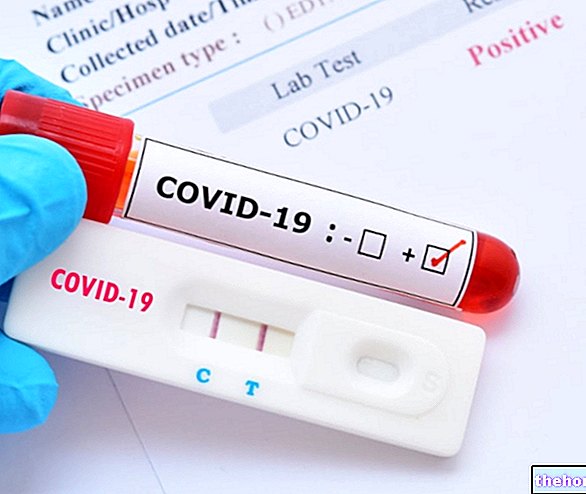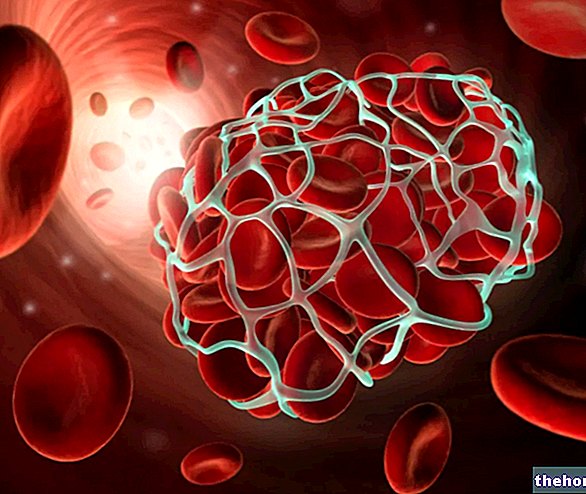Generality
Triglyceridemia is a medical term that describes the presence of triglycerides in the blood. We speak respectively of eutriglyceridemia, hypotriglyceridemia and hypertriglyceridemia, when this value is within the norm, it is too low or it is too high; so:
- Eutriglyceridemia (or normotriglyceridemia) → the triglyceride values are normal;
- Hypertriglyceridemia → the triglyceride values are too high;
- Hypotiglyceridemia → the triglyceride values are too low.
What's this
Triglycerides are fats that circulate in the blood, synthesized by intestinal cells and transported in the bloodstream by lipoproteins (mainly chylomicrons and VLDL, Very Low Density Lipoprotein).
Chylomicrons release triglycerides mainly to muscles, heart and liver to meet the energy needs of these tissues. In high-calorie conditions, however, most of these "vectors" are diverted to the fat cells, where fats are stored as a reserve.
Because it is measured
Triglyceridemia is usually measured to assess the patient's cardiovascular risk. High levels of triglycerides in the blood can promote the growth of atherosclerotic plaques and hinder the dissolution of blood clots, increasing the risk of suffering cardiovascular accidents such as heart attack and stroke.
Furthermore, hypertriglyceridemia can cause the pancreas to become distressed.





























